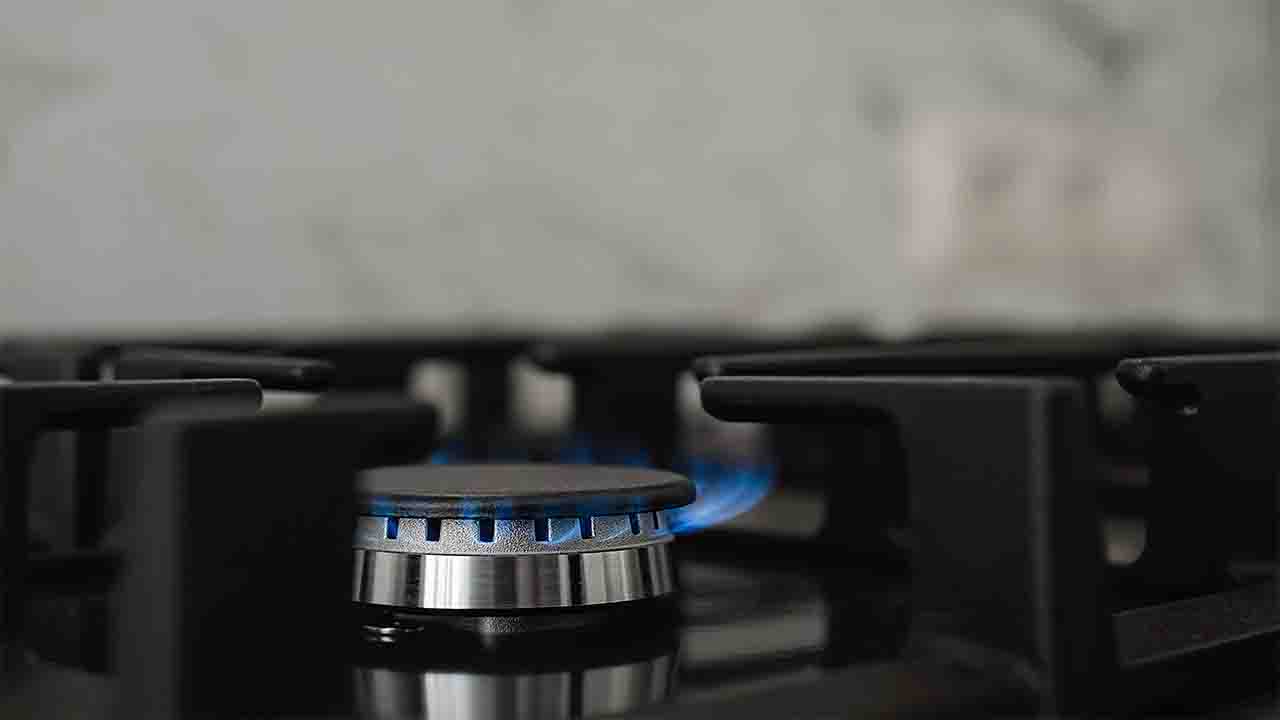According to a recent systematic review and meta-analysis published in The Lancet Respiratory Medicine, researchers studied the evidence on the health effects of the use of gaseous fuels for heating and cooking in several countries. They found that transitioning from polluting fuels to gaseous fuels for household purposes may lessen health risks, mostly in low-income countries.
Annually household air pollution from solid fuel combustion causes 3.2 million preventable deaths. Transitioning to clean liquid and gaseous fuels, crucial for low- and middle-income countries (LMICs), is recognized to address this burden. The present study synthesizes evidence on the health effects of domestic use of liquid and gaseous fuels, highlighting the urgent need for a clean transition to meet Sustainable Development Goals. Despite the cleanest electricity, its limited accessibility in LMICs necessitates scalable alternatives.
This systematic review and meta-analysis explored the health impacts of gaseous and liquid fuels, excluding polluting liquid fuels (solid fuels, kerosene) for lighting, and highlights the potential respiratory effects of gas usage, informing global policies for a swift transition to cleaner household energy.
For the systematic review, major databases, including PubMed, Scopus, MEDLINE, Cochrane Library, Environment Complete, Web of Science, GreenFile, Wan Fang DATA, Google Scholar, and CNKI were searched. Studies published between 1980 and 2021 were selected to focus on the health effects of cooking and heating with liquid and gaseous fuels, such as natural gas, liquefied petroleum gas (LPG), and biogas. Studies related to lighting or specific pollutants with no health outcome were excluded. 216 studies were included in the systematic review, while 116 were included in the meta-analysis.
Using an Excel form data was extracted and refined over 15 rounds, capturing study details, population characteristics, health outcomes, comparators, fuel types, and results. Liverpool Quality Assessment Tools (LQATs) measured study quality, considering features like exposure measurement, confounding, response bias, and selection.Quality scores, as percentages were categorized into at least moderate quality, >60%) and poorer quality ≤60%. This method aimed to evaluate the potential impact of methodological quality on pooled effect estimates in meta-analyses without assuming a hierarchy of evidence.
Meta-analyses focused on five health effects, such as asthma (child and adult), acute lower respiratory infections, chronic lung disease, respiratory symptoms, and adverse pregnancy outcomes. Studies with consistent definitions for health conditions and exposure to any gaseous fuel for household energy were pooled for investigation. Random-effects meta-analysis was employed, and adjusted estimates were favored.
Statistical tests and funnel plots assessed publication bias. Forest plots were stratified by age group and condition. Separate analyses compared gaseous or liquid fuels to clean electricity and polluting wood, charcoal, and kerosene reference groups, with sensitivity analyses for studies with unclear reference groups.
As per the study, gaseous fuels demonstrated a 35% lesser risk of asthma in adults compared to polluting fuels. However, no significant difference was seen in asthma risk for children. For acute lower respiratory infections or pneumonia, cooking with gas lowered the risk by 46% when compared to polluting fuels but raised the risk by 26% compared to electricity.
Gaseous fuels were connected with a significant 64% lower risk of chronic lung diseases, including chronic obstructive pulmonary disease and bronchitis. Adverse pregnancy outcomes such as preterm birth and low birth weight showed lower risks, which is a 34% and 30% reduction, respectively, when using gas for cooking compared to polluting fuels.
However, gaseous fuels were associated with a 58% lower risk of wheezing but revealed a non-significant increase in the risk of cough compared to electricity. Breathlessness risk was significantly lower with gas use compared to polluting fuels.
This is the first study to systematically review the global health effects of gaseous fuels for household cooking and heating. Unlike previous reviews, it comprehensively considers many health outcomes and assesses both polluting and clean electricity reference opportunities.
In conclusion, switching from solid fuels or kerosene to clean gaseous fuels for cooking or heating is linked with a significantly lower risk of key health outcomes, contributing to a decrease in the global disease burden from pollution. In low- and middle-income countries, where the burden is highest, gaseous fuels, mostly LPG represent an effective short-to-medium-term option for scalable adoption. However, there’s a slight increase in risk when using gaseous fuels compared to electricity.
Electricity may remain the priority for clean cooking where feasible, emphasizing the transitional role of gaseous fuels in counties without access to renewable electric alternatives. The results contribute crucial evidence for informing clean-energy policies at the national level, mostly in low-income and middle-income countries, to address the health burden linked with household air pollution effectively.








